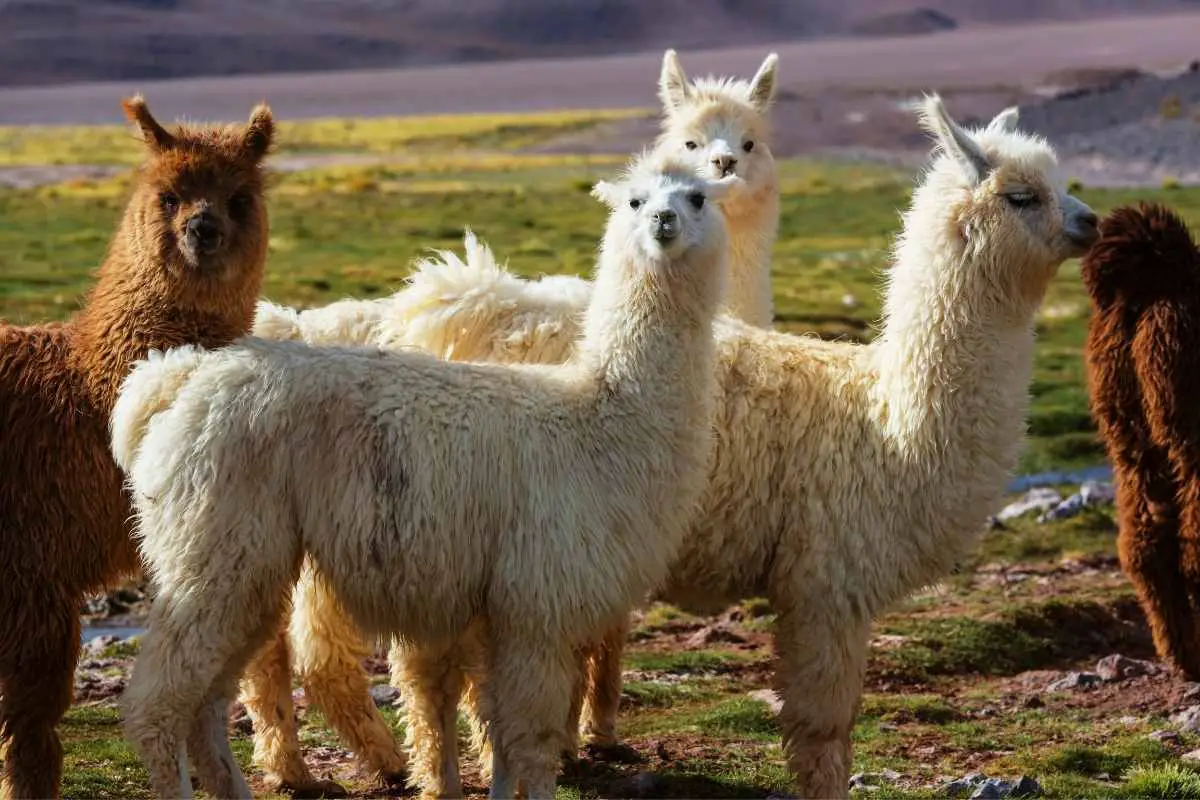
The classic llama is a unique creature that often brings up many questions about how it relates to other animals. As part of the camel, it is basically a pack animal. Today, we are going to take a closer look at this incredible animal and find out what other animals are similar to it.
Let’s get started.
Meeting the Classic Llama
The llama is a normally calm member of the camel family, even though you wouldn’t know it when looking at them. They originate from the heights of the Andes Mountains and have developed their long coats to protect them from harsh conditions of rain, snow, and freezing temperatures. Their three stomachs allow them a chance to get the most benefit from their meager diet of shrubs and grass.
They are cud-chewers, meaning they take time with digestion and regurgitate their food often hours after originally consuming it. Standing on average anywhere from 5’5″ to 6′ tall and weighing anywhere between 280 and 450 pounds, they are a formidable sight when you first see them. These large animals are covered with coarse, hollow guard hairs that cover a soft undercoat.
This allows them the greatest protection from their cold environment. They sport a variety of coat colors and patterns including white, yellow, black, brown, gray, spotted, and tri-colored. They have curved ears, large eyes, and long necks.
The llama communicates with a variety of sounds that range from a soft humming to a high-pitched equal when frightened or hurt. They also use their tails and ears as a means of communicating with each other. While llamas are often found in herds, they are independent animals that can easily fend for themselves when necessary.
They normally only give birth to one baby at a time, although twins do appear occasionally. Llamas do not have hooves but instead have leathery pads on their feet and toes with toenails. These are strong animals who can carry up to 140 pounds when fully grown and they can walk close to nineteen miles a day.
When it is necessary to run, the common llama can reach speeds of up to 35 miles per hour. A llama can live to be thirty years old, but its average age is twenty.
1. Alpacas
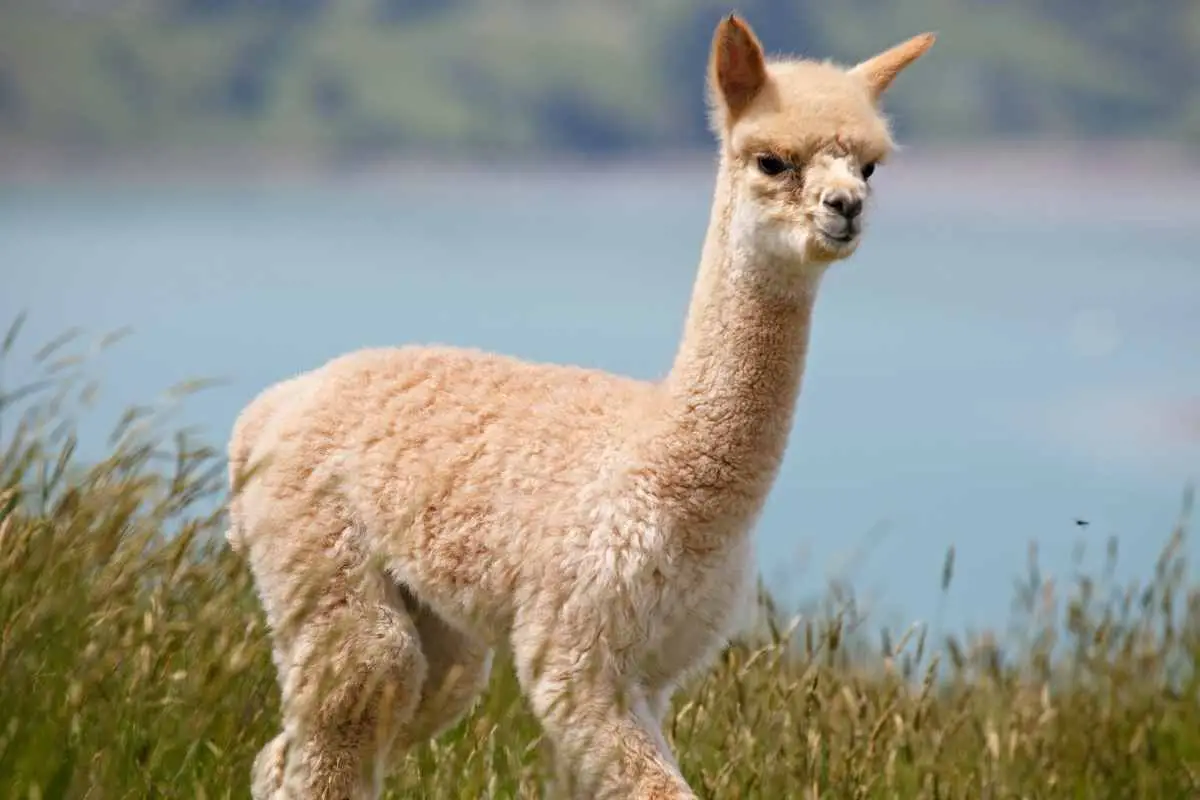
Alpacas are often mistaken for llamas and can, in fact, live peacefully among them. Both animals share the same foods and are found in herds in the wild. Alpacas, however, are less likely to wander off by themselves than a llama is.
Like the llama, they are naturally at home in Peru and Bolivia. Alpacas are smaller than llamas. They average about 35 inches in height and can weigh between 121 and 143 pounds.
Alpacas do not make good pack animals and are mainly kept for their wooly fur which needs to be sheared once every two years. The faces of the alpaca are blunt in comparison to the longer snout of the llama. Their ears are shorter.
The lifespan is the same, with most living about twenty years. The alpaca is more timid than a llama and more curious by nature. One reason alpaca wool is so popular is that it is naturally flame resistant.
Like the llama, the wool of the alpaca comes in a variety of colors and patterns.
2. Vicuna
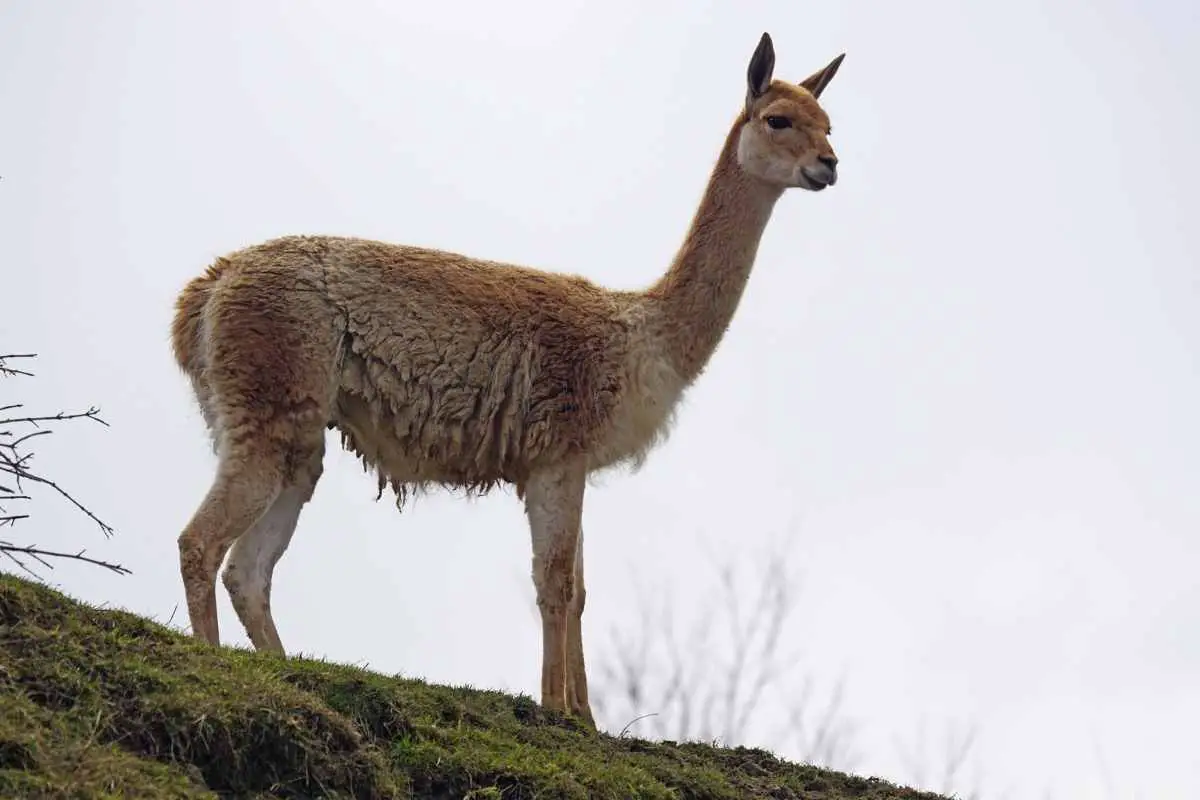
The vicuna is smaller than its llama cousin and it sports beautiful orange wool that is very rare. These animals travel in herds of females in the wilds of Peru. The herd is looked after by a lone male and when young ones come of age, there is often a battle for superiority, with the loser leaving.
The wool is normally left as is and not dyed because it is extremely sensitive to chemicals. These are one of the smallest of the camelid families. Adults only reach about three feet in height and their weight tops out at 110 pounds.
Vicunas are not kept in captivity. These sensitive creatures will refuse to eat when they are in captivity and will literally starve to death. This animal is often captured every three years and kept only long enough to shear the 3 to 20 ounces of fleece it produces and then it is released back into the drier regions of Peru it calls home.
Vicuna live an average of twenty years.
3. Guanaco
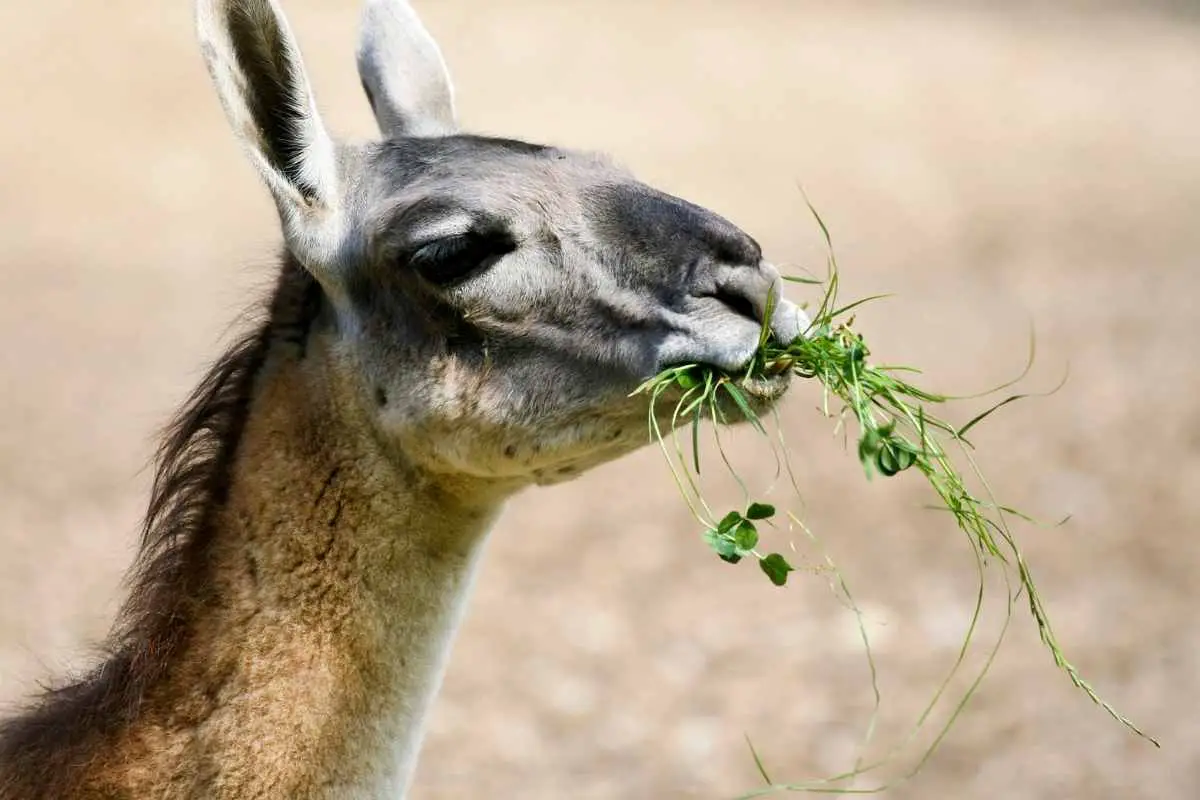
Guanaco are a llama’s wild cousin. These animals populate the South American mountains and often resemble a camel more than a llama in behavior. They are not domesticated.
These animals live in groups of approximately ten females and their young, watched over by a male. Younger males, without their own herd of females, often gather and travel in packs to protect each other. They do not like living alone.
These animals are smaller than the llama. The average height is around 47 inches and the weight varies from 200 to 310 pounds. They are thinner than llamas and they have thinner ears.
Unlike the llama, they only sport fur in a few shades of brown, with whiter bellies. They are by nature more aggressive than llamas. They are herbivores like llamas, but they add fungi and flowers to the normal llama diet of leaves and grasses.
Their fur is softer than that of the alpaca but not as soft as that of their cousin, the vicuna. They are excellent swimmers and, like llamas, can run quickly over rocky terrain. It is believed that they are the ancestors of the modern llama.
4. Wooly Llama
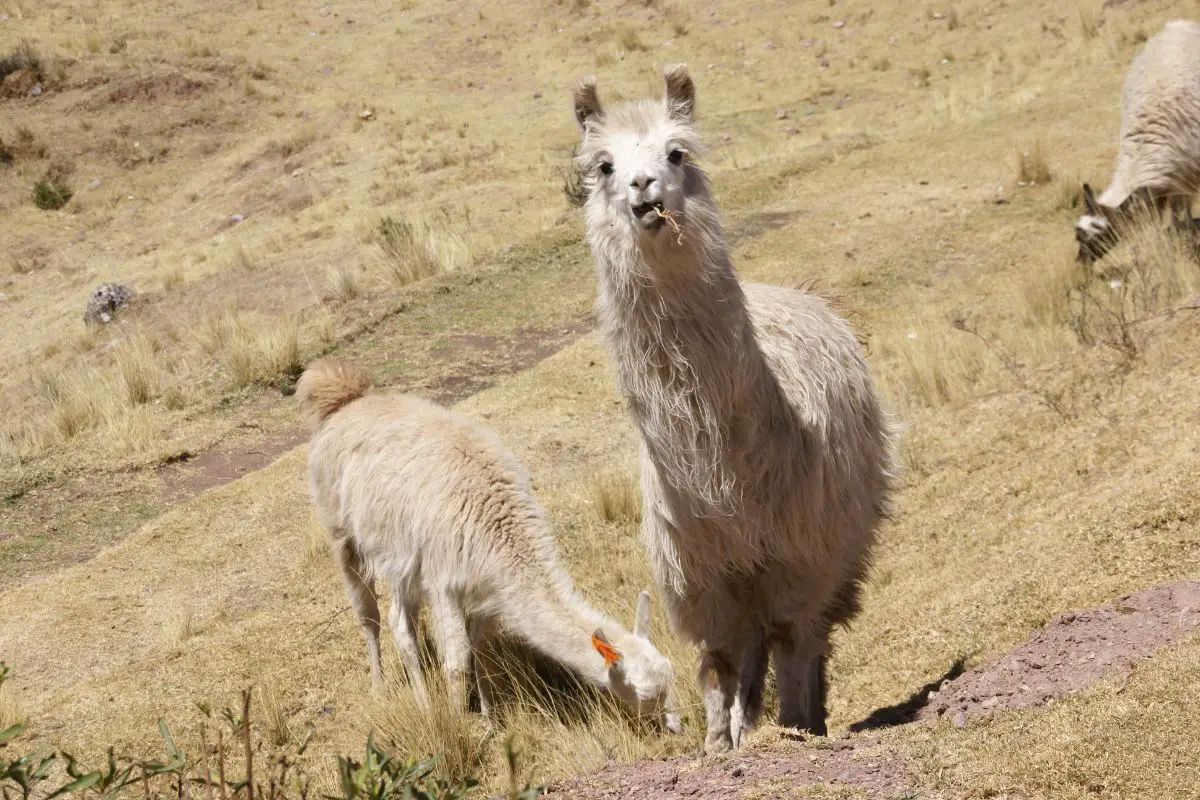
Like its cousin, the common llama, the wooly llama eats greenery from low-lying bushes. It is smaller than its cousin and hails from warmer climates. This means that it doesn’t need to weather extreme cold or heat.
The wooly llama resembles an alpaca more than the traditional llama. It only has one wooly coat. The fleece is thickest on its head, neck, and ears and appears kinky to the viewer.
It isn’t as soft as the alpaca’s wool but is softer than a regular llama. The ears of the wooly llama are more pointed than those of the traditional one. Like its cousin, the fleece is not normally used as it is not of extremely fine quality.
5. Medium Llama
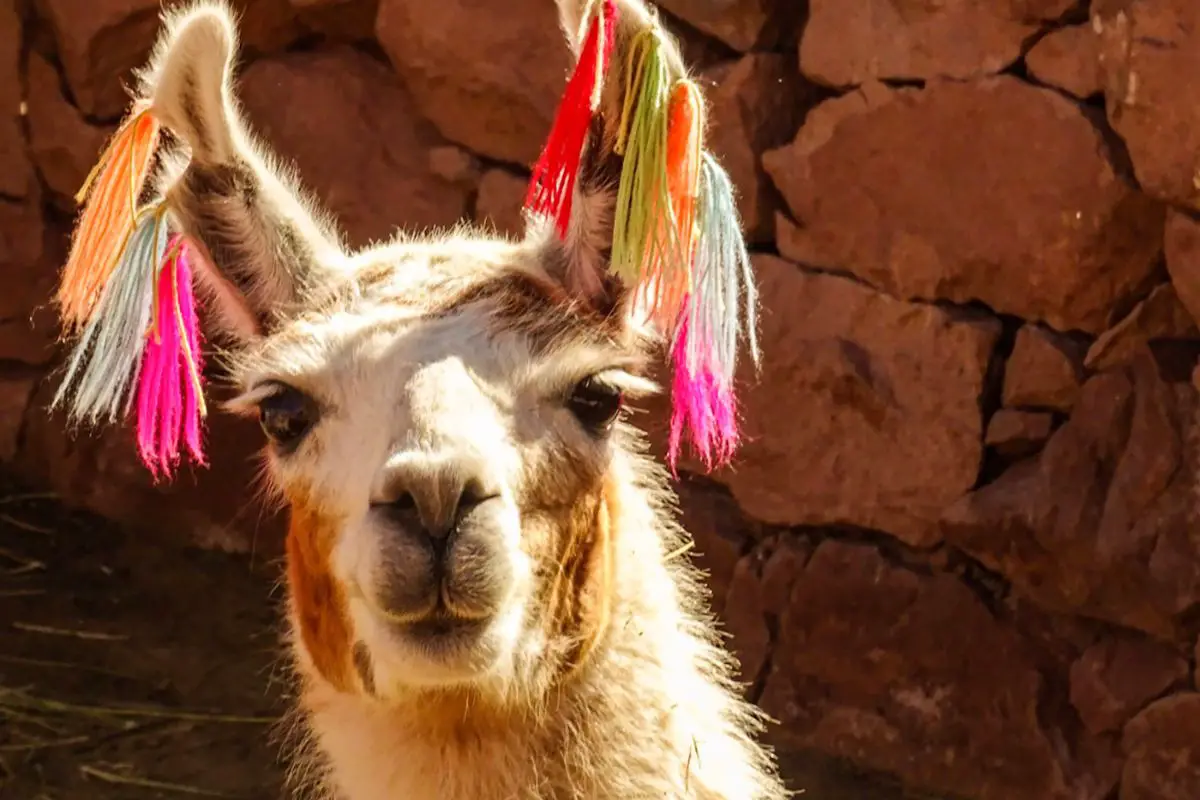
From a distance, it can be difficult for even those who are experts in the field of llamas to tell these apart from a wooly llama. The best way to discern the difference between them and a wooly llama is that a wooly llama doesn’t have a double coat. Like the Classic llama, they call the cold, mountainous regions their home, but they are equally at home when they need to live in warmer climates, as long as their wool is shaved.
They are smaller than their classic cousin. They have double-layered fleece except on their head, legs, and ears. Of all the llamas, these ones produce the best wool for human use.
6. Suri Llama
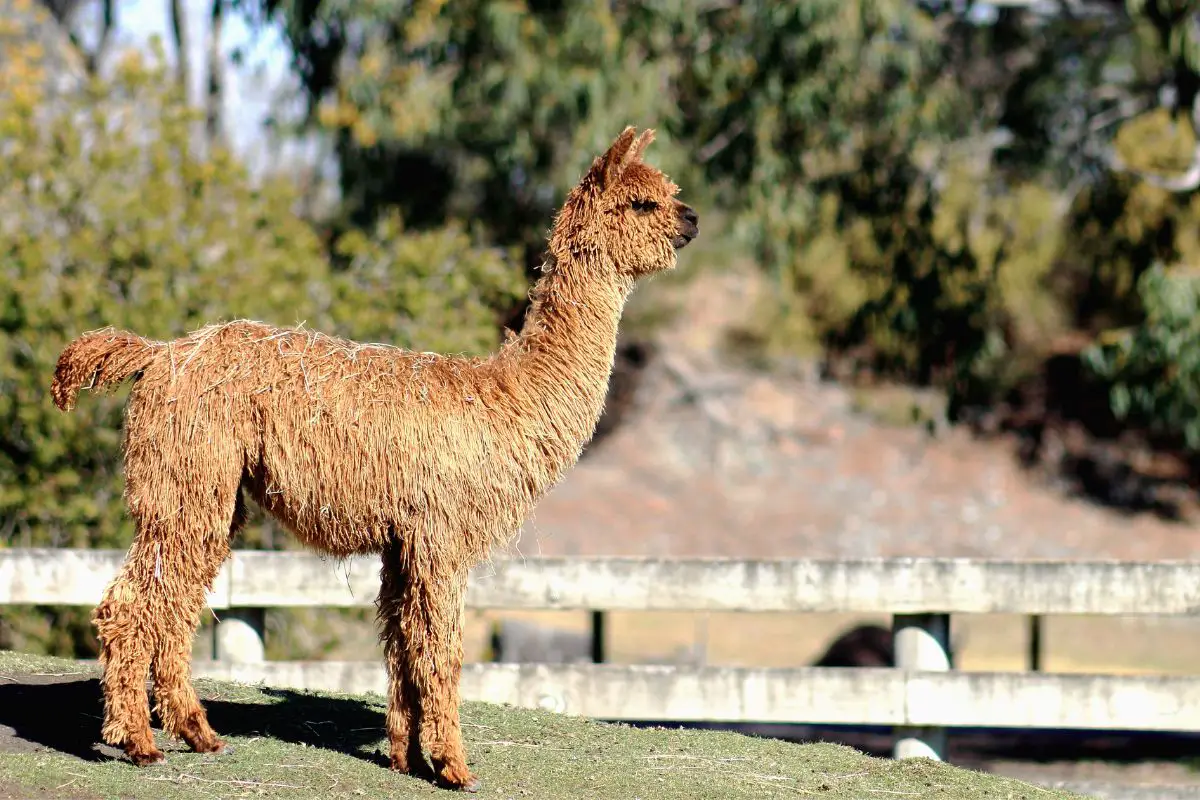
The Suri Llama is the smallest of the llama breeds and is also the rarest. Its name comes from its unique wool, which falls in corkscrew locks all over its body. While some people believe this llama is actually the result of cross-breeding a llama with an alpaca, there is absolutely no scientific proof that this is the case.
This llama, however, is very similar in size and appearance to an alpaca. Its coat is only one thick layer. This breed is extremely difficult to breed and its numbers have dwindled drastically.
They can now be found in Europe as well as their native mountain region. They also sport a part in the hair running down their legs, setting them apart from the Classic llama.
7. Camel
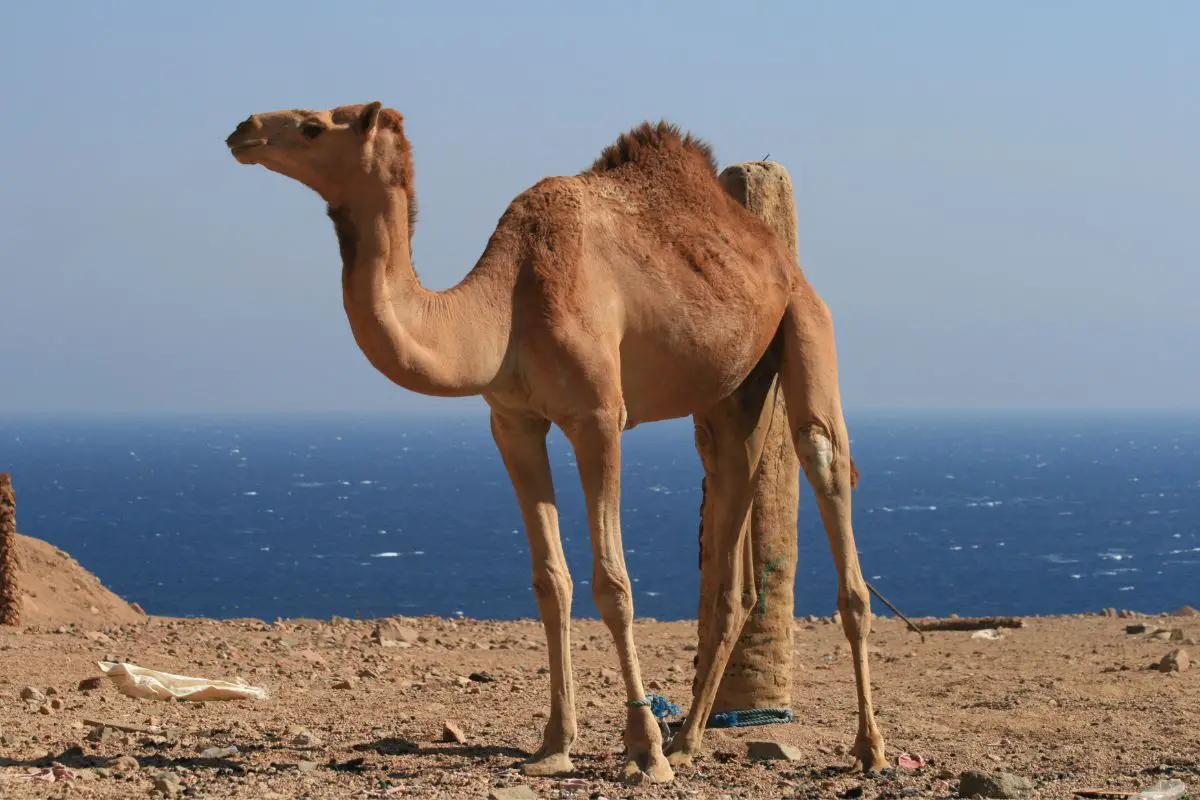
Camels are the main members of the group that llamas are a part of but they differ in many ways from llamas. Like llamas, they are herbivores. They are larger than the common llama and sport a short fur coat that is finer.
They don’t call the cold mountains their home but instead live in the dry, arid deserts of Asia. The leathery pads on their feet sport fewer toes and they have extra padding on their rears so they can comfortably sit on hot desert sand. They have the same split lower lip that the llama has and are used as pack animals because they have the same cooperative, kind temperament as llamas.
They also have a three-section stomach. Camels can run a bit faster than llamas, as fast as 40 MPH when necessary. They live an average of forty years.
Unlike llamas, their eyes sport eyelashes to protect against sand and they can also close their nostrils for the same reason. Another difference in the camel is its ability to go 4-7 days without water when they are traveling. They can also live up to ten months without drinking, as long as they have plenty of foliage to keep them hydrated.
Like the llama, they live in herds of females with one dominating male, but are just as happy being by themselves with human companions. They also have the tendency to spit when irritated in any way.
8. Sheep
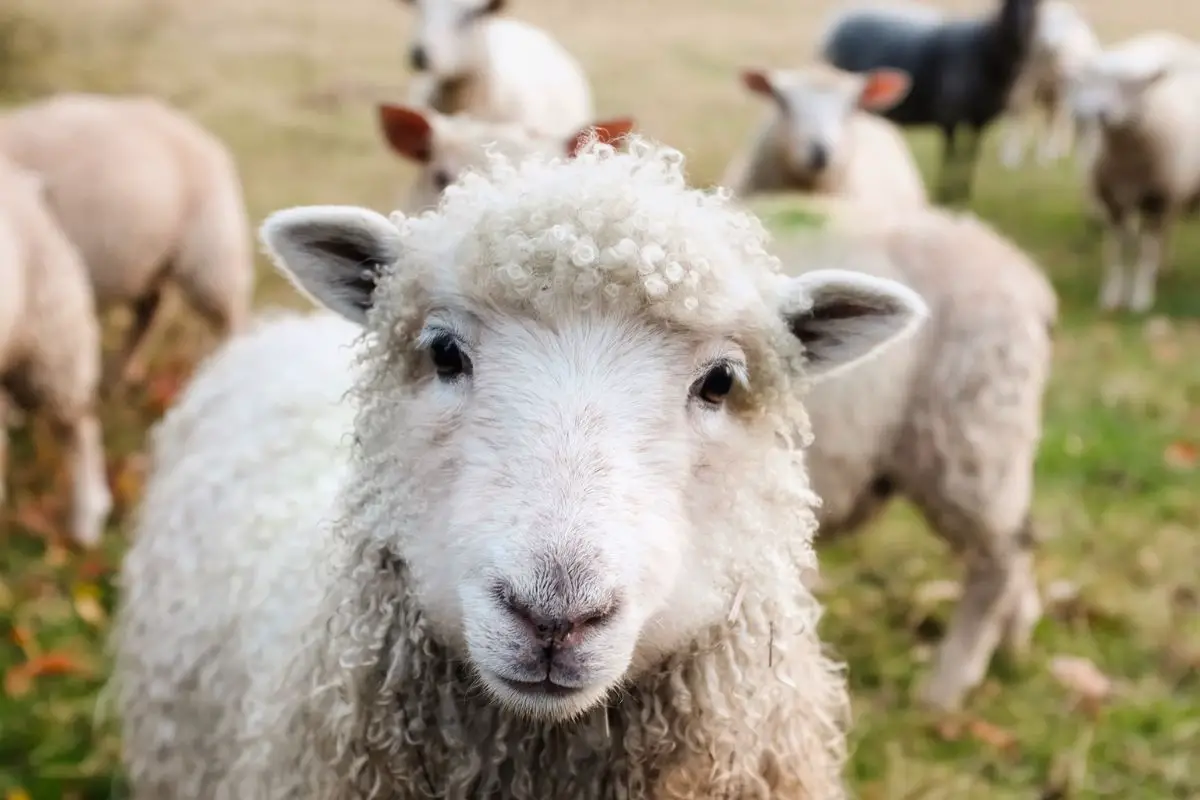
Sheep are not closely related to llamas but they share many of the same characteristics. These small animals sport wooly coats that are sheared each year for making cloth. They are herd animals and have five toes, but only walk on two like the llama.
They are also known to exist mainly on grass and leaves from bushes and other low-lying foliage. They have four chambers to their stomach, unlike the three present in a llama, but are still cud-chewing animals. They also share the llama’s gentle nature.
Unlike llamas, they originate from France, Germany, and the UK. They have short necks, stand about three feet tall, and weigh up to 220 pounds. They produce the most wool of all the animals on this list, with up to thirty pounds a year.
Their wool is softer than that of llamas. Many farmers employ alpacas to protect their sheep herds.
9. Giraffe
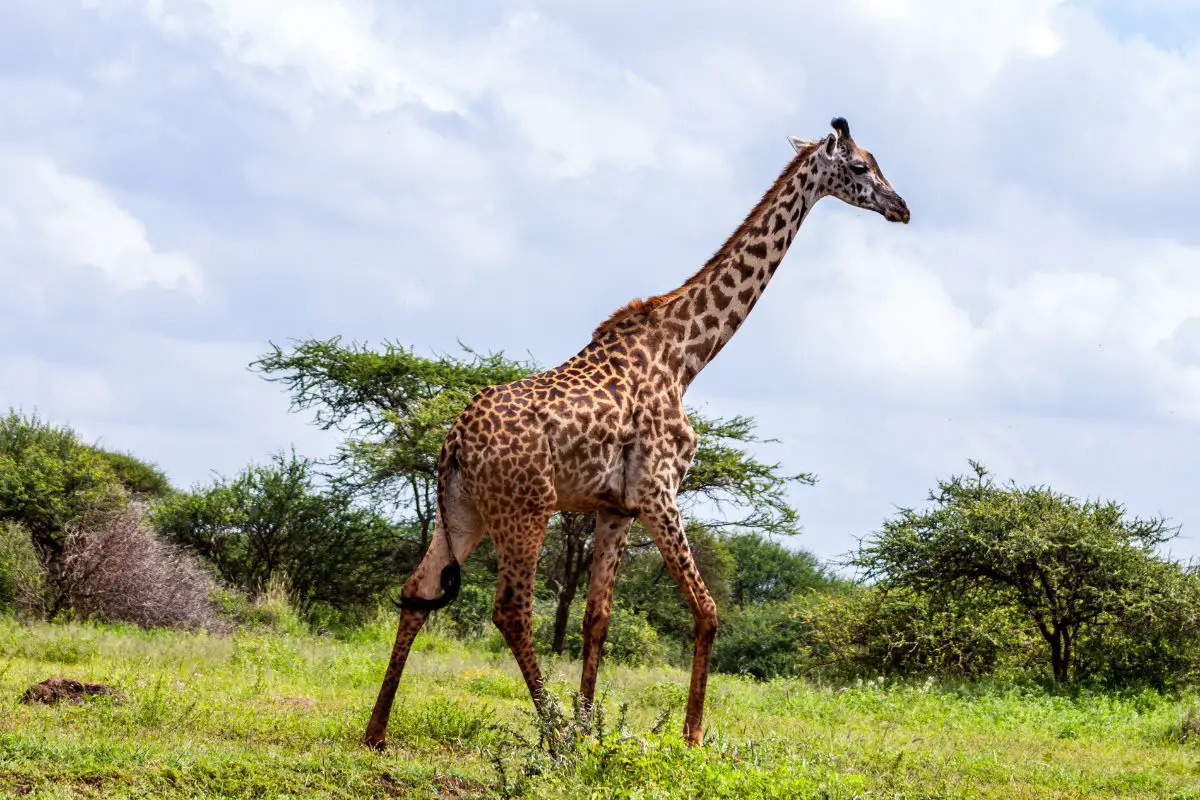
The giraffe is probably not an animal you would expect on this list. That is because, while the giraffe and llama are related, the common ancestor they share is more like your seventh great-grandparent. Both the llama and the giraffe have an even number of toes and walk on only two of them and both have multi-chambered stomachs.
Giraffes also live in herds. Another way these two animals are alike is in the way they communicate. Giraffes and llamas emit the same variety of sounds except at different frequencies.
They also share a calm, gentle nature. An amazing similarity between the two is that both the llama and the giraffe have the same number of bones in their necks, a trait shared by no other species. Of course, the bones are shorter in the neck of the llama.
Giraffes live in a vastly different environment in the wild, mainly in the dense rainforests in Africa. They come in only one basic color and pattern and can run faster than a llama. The lifespan of a giraffe is similar to that of a llama, with the average being 20 to 25 years.
People Want to Know
Why do llamas spit at you?
One of the best-known traits of a llama is its tendency to spit. This is often the way wild llamas interact when in a dispute with other pack members. When they are interacting with people, they rarely spit.
If a llama does spit at you, it is because he feels either frightened or angry. The spitting can be compared to a growl from a dog. It is a warning to stop what you are doing or more action may follow.
Is llama therapy a real thing?
Llamas are now being used in various therapies. They are normally gentle creatures with a lot of patience and have a great sense of knowing when a human is in need emotionally. They have gained certification and are often seen visiting hospice homes, and nursing homes, and are being used in therapy programs for autistic individuals.
Which makes a better pack animal, a llama or a donkey?
Llamas are beginning to become more popular for people seeking recreational pack animals. They are more interactive than donkeys and are definitely quieter. They also leave fewer droppings to deal with.
Llamas are also better at alerting you to possible danger. Most donkeys won’t ride in anything but a trailer, but if you can fit a llama in your vehicle, it will gladly get in. Donkeys are better in regards to carrying weight, however.
A llama can’t carry the weight of an adult, while a donkey can. In addition, if a llama feels like there is too big of a load he is being asked to carry, he’ll lie down and refuse to move until the weight is lifted. They are definitely much more stubborn than a donkey!



